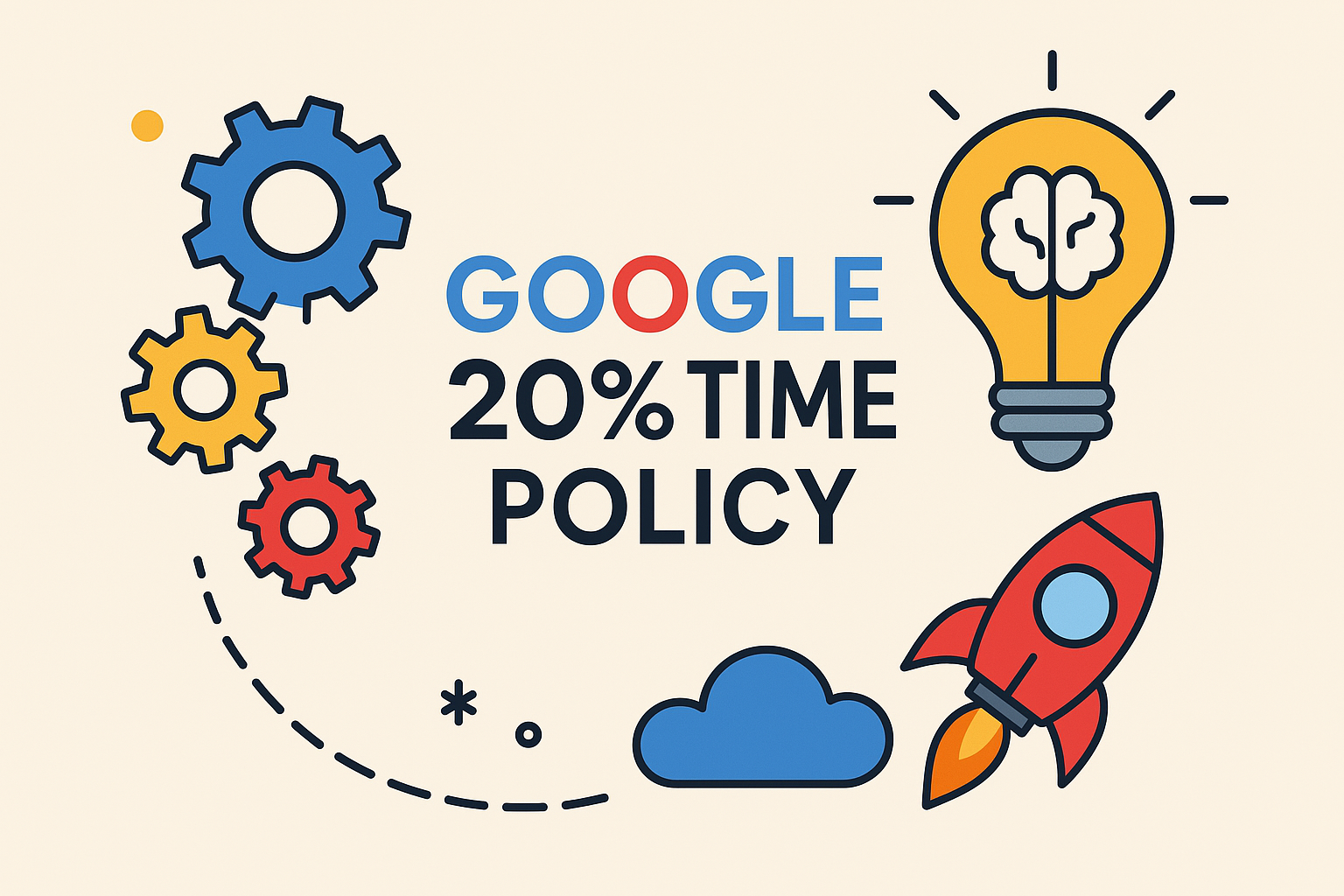
We’ve all met them—those characters who lie, cheat, and manipulate… yet somehow, we’re still on their side. They don’t wear capes, they don’t always stand for justice, and sometimes, they barely seem like the “hero” at all. These are antiheroes, and their rise in popularity says as much about us as it does about modern storytelling.
Unlike traditional heroes who embody virtue, bravery, and selflessness, antiheroes are deeply flawed. They’re cynical, morally ambiguous, and often motivated by selfish desires. But what makes them fascinating is how relatable they are. They reflect the messy, complicated nature of real life. Walter White from Breaking Bad starts as a desperate chemistry teacher and transforms into a drug kingpin—not because he wants to save the world, but because he’s proud and angry. We watch his descent, horrified and intrigued, wondering how far he’ll fall.
What makes antiheroes work isn’t just their flaws—it’s the insight they provide. These characters force us to confront uncomfortable truths. Interestingly, the rise of the antihero mirrors changes in society and storytelling. As audiences have grown more skeptical of authority and institutions, the idea of the spotless hero feels outdated. The antihero is a product of our times—a reaction to disillusionment, and a demand for characters who feel real. We don’t admire them because they’re perfect; we follow them because they stumble through the same grey areas we do.
Whether it’s the sarcastic genius of House M.D. or the morally questionable antics of Deadpool, antiheroes have become central to our most compelling stories. They’re proof that in fiction, like in life, perfection isn’t always what makes someone worth watching.
RELATED POSTS
View all

